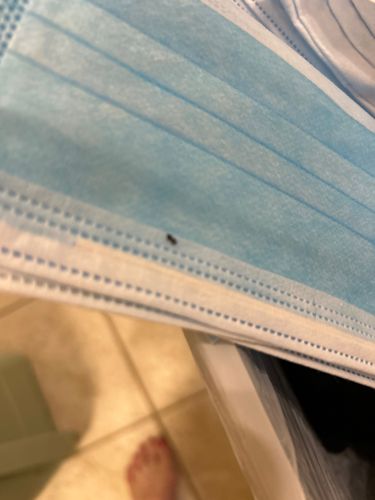Fruit Fly
Scientific Name: Drosophila melanogaster (most common species found indoors)
Order & Family: Order: Diptera, Family: Drosophilidae
Size: Typically 2-4 mm (1/8 to 1/4 inch) in length.

Natural Habitat
Fruit flies are commonly found in kitchens, pantries, and any area where ripe or fermenting fruits and vegetables are present. They can also be found near garbage disposals, drains, and trash cans that contain organic waste. Outdoors, they inhabit areas with decaying plant matter.
Diet & Feeding
Adult fruit flies feed on fermenting fruits, vegetables, and other organic matter. They are particularly attracted to the yeasts and bacteria found on these decaying substances. Larvae feed on microorganisms and soft, decaying plant material.
Behavior Patterns
Fruit flies are attracted to ripe and fermenting fruits and vegetables. They typically lay their eggs on the surface of these decaying materials. The larvae feed on the yeast and bacteria present in the decaying matter. Adults are often seen flying erratically around fermenting substances. Their life cycle from egg to adult can be as short as 8-10 days under ideal conditions, leading to rapid population growth.
Risks & Benefits
Risks: Fruit flies are generally not harmful to humans and do not bite or transmit diseases. However, they can be a nuisance pest, contaminating food and being difficult to eradicate once established indoors. They can also spoil fruits and vegetables by laying eggs on them, accelerating their decay. Benefits: In laboratory settings, certain species of fruit flies (like Drosophila melanogaster) are invaluable model organisms for genetic and biological research, contributing significantly to our understanding of genetics, development, and neurological disorders.
Identified on: 8/24/2025